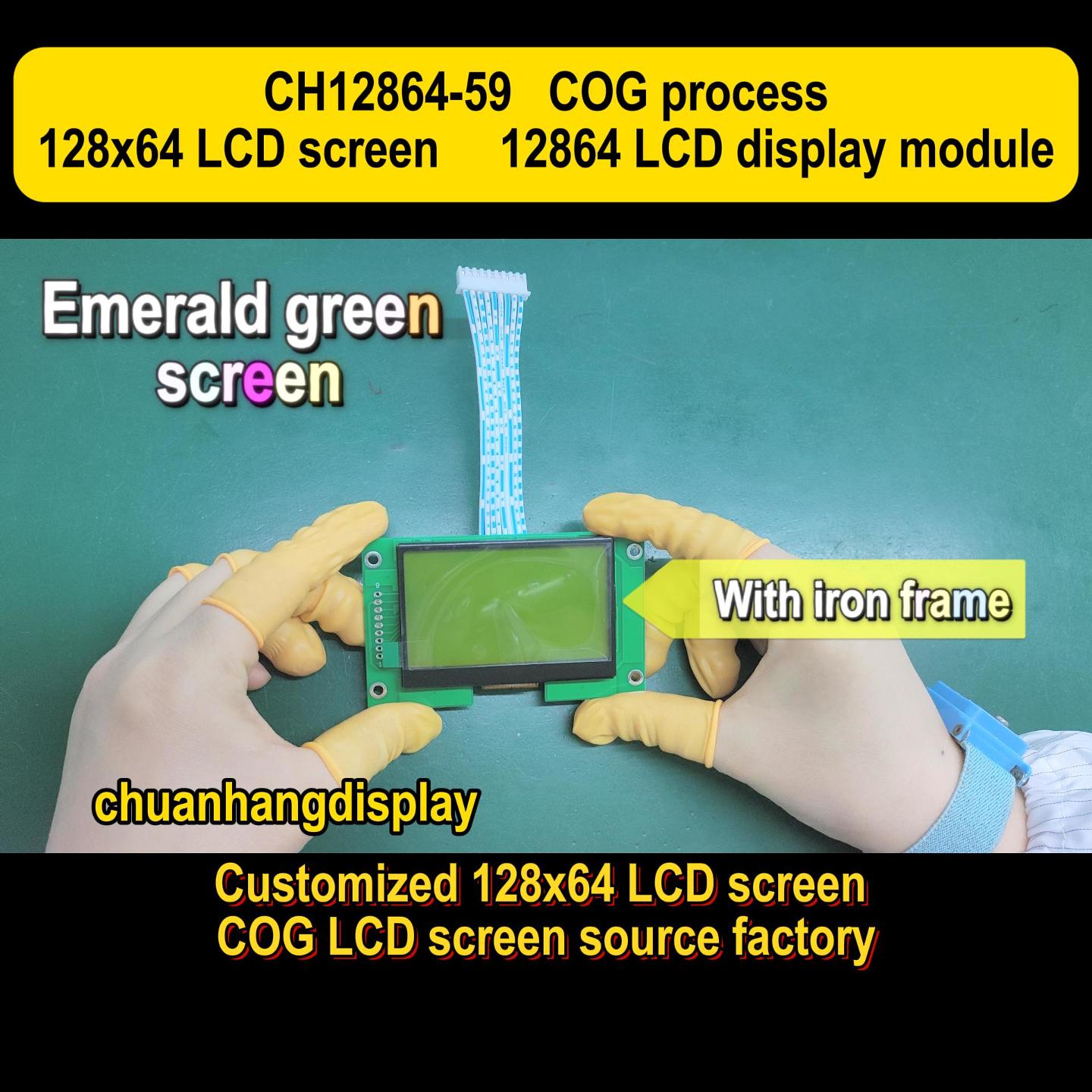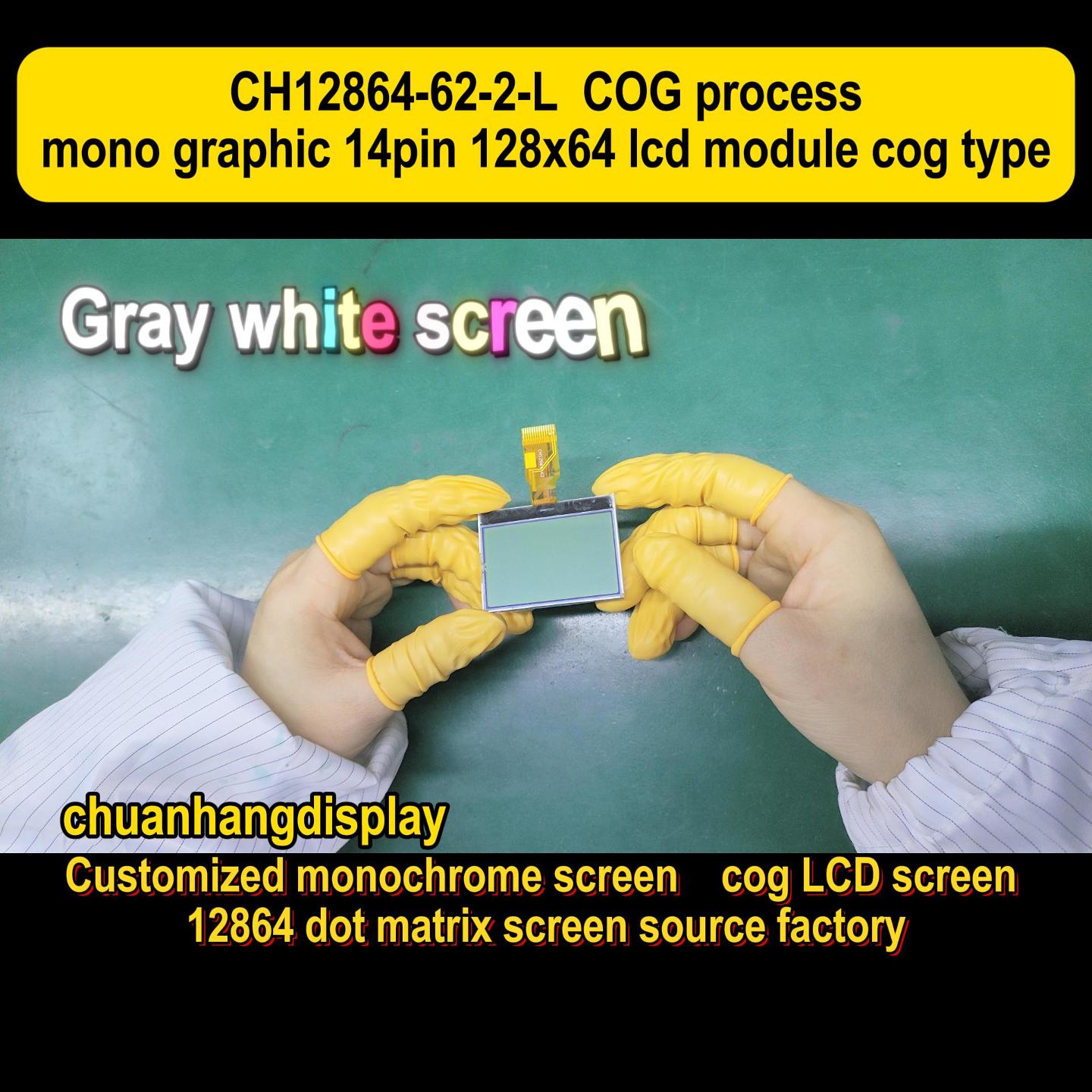In the world of product design, the display is often the heart of the user interface. It’s the primary point of interaction, conveying critical information and defining the user experience. While standard off-the-shelf displays work for some, many projects demand something more—a screen tailored to specific aesthetic, functional, and environmental needs. This is where the search for a reliable custom LCD display manufacturer begins. The choice of partner in this endeavor is not merely a procurement decision; it is a strategic one that can determine the success, cost-efficiency, and timeliness of your entire product launch. For companies like Chuanhang Display, which have built a reputation on this specialized service, the process is a deep technical collaboration.
Selecting the right custom LCD display manufacturer requires looking beyond a simple sales pitch and evaluating a company's core engineering capabilities, production control, and project management rigor. This article outlines seven critical factors you must consider to ensure your custom LCD project is in capable hands.

The term "custom" can mean different things in the display industry. Before you start evaluating manufacturers, you need a clear understanding of your own requirements. A true custom LCD display manufacturer like Chuanhang Display typically offers modifications across several spectrums:
Full Custom (Glass Customization): This is the most involved process, requiring the design and production of a completely new LCD glass. This is necessary for unique shapes (non-rectangular), specific pixel configurations, or integrated elements like on-glass electrodes.
Customization of a Standard Cell: This is more common. It involves taking a standard LCD glass and customizing other elements, such as the backlight, touch interface, cover lens, and driver electronics.
Optical Bonding: A critical process where the LCD is laminated to a cover glass or touch sensor. This reduces internal reflection, improves sunlight readability, and enhances durability. Not every manufacturer has cleanroom facilities for high-quality optical bonding.
Mechanical Modifications: This includes custom cutouts, bezel dimensions, mounting solutions, and connector placements to fit your product's unique enclosure.
The most crucial factor is the manufacturer's engineering team. Can they do more than just assemble parts? You need a partner with expertise in:
LCD Physics and Electronics: Deep knowledge of liquid crystal modes (TN, STN, VA, IPS), their response times, viewing angles, and temperature dependencies.
Driver IC and PCB Design: The ability to design the electronics that drive the LCD efficiently and without interference.
Firmware and Integration Support: Providing basic initialization code and communication protocols to help your software team integrate the display quickly.
A manufacturer like Chuanhang Display invests heavily in its engineering department, viewing it as a value center rather than a cost center. They should be able to engage in technical dialogues, suggest alternatives, and foresee potential integration issues before they arise.
The journey from a CAD drawing to a working prototype is where many projects face their first major hurdles. A competent custom LCD display manufacturer will have a transparent and well-defined prototyping process.
Feasibility Analysis: The first step should always be a joint review of your specifications to confirm technical and commercial viability.
Mock-ups and 3D Models: Providing physical or digital models to verify form, fit, and basic aesthetics.
Functional Prototypes (EVT): Delivering fully working units that match your electrical and optical specifications for initial testing and validation.
The speed, cost, and quality of this phase are strong indicators of the manufacturer's overall capability. Chuanhang Display, for instance, often streamlines this for clients by using modular approaches to minimize initial Non-Recurring Engineering (NRE) costs.

A beautiful prototype is meaningless if it cannot be replicated consistently in mass production. Your chosen custom LCD display manufacturer must have a robust and transparent supply chain.
Glass Sourcing: Do they have relationships with multiple glass fabs to ensure supply and competitive pricing?
Component Sourcing: Reliability in sourcing other key components like LED backlights, driver ICs, and touch sensors is paramount, especially in times of global chip shortages.
In-House Quality Control: What tests are performed? A serious manufacturer will have dedicated labs for environmental testing (temperature, humidity), shock/vibration testing, and optical performance measurement (luminance, chromaticity, contrast ratio). They should be able to provide a detailed Quality Control plan.
The price of a custom LCD display has two main components: Non-Recurring Engineering (NRE) costs and the per-unit cost.
NRE Costs: These cover the one-time expenses for design, tooling (e.g., for plastic molds or metal bezels), and prototyping. A trustworthy manufacturer will provide a detailed, line-item breakdown of NRE costs.
Unit Cost: This is influenced by the bill of materials (BOM), labor, and production volume. Be wary of unusually low NRE quotes, as they may be subsidized by higher unit costs or signal a lack of thorough engineering.
Chuanhang Display typically works with clients to find a balance, sometimes suggesting minor design changes that can significantly reduce tooling costs without compromising performance.
International projects require seamless communication. Evaluate the manufacturer's project management structure.
Dedicated Point of Contact: Is there a single Project Manager or Engineer responsible for your project?
Communication Cadence: Do they provide regular updates? Are they proactive in communicating delays or challenges?
Cultural and Language Fit: The ability to communicate complex technical concepts clearly is non-negotiable.
Finally, look at the manufacturer's track record. Do they have experience in your industry—be it medical, automotive, industrial, or consumer electronics? A custom LCD display manufacturer with medical experience, for example, will be familiar with relevant regulatory standards.
Furthermore, consider them as a long-term partner. Can they support you through future product revisions and life-cycle management? A company like Chuanhang Display builds its business on these long-term strategic partnerships, offering ongoing support long after the first shipment.
Choosing a custom LCD display manufacturer is one of the most significant decisions in bringing a differentiated product to market. It requires a careful evaluation of technical capability, manufacturing rigor, and cultural alignment. By focusing on these seven critical factors—from engineering depth to supply chain resilience—you can select a partner who will not only build a display to your specifications but will also contribute valuable expertise to ensure your product's ultimate success. In this field, the right manufacturer doesn't just supply a component; they become an integral part of your engineering team.
Q1: What is the typical lead time from initial inquiry to receiving a functional prototype for a custom LCD?
A1: The lead time can vary significantly based on the complexity of the customization. For a modification of a standard module (like adding a touchscreen and optical bonding), it could be 6-8 weeks. For a full custom glass design, the process can take 12-16 weeks or more, as it involves creating and validating new photomasks. A reputable custom LCD display manufacturer like Chuanhang Display will provide a detailed project timeline after the initial feasibility study.
Q2: How much more expensive is a fully custom LCD compared to an off-the-shelf module?
A2: The cost premium is not a simple percentage. It's driven by high initial NRE costs (which can range from tens to hundreds of thousands of dollars for tooling and engineering) and a higher per-unit cost due to lower-volume production. However, for high-volume projects (e.g., 100,000+ units), the per-unit cost can become very competitive. The key is to work with the manufacturer to explore all customization options to control costs.
Q3: What are the minimum order quantities (MOQ) typically required by a custom LCD display manufacturer?
A3: MOQs are highly variable. For a full custom glass project, manufacturers may require an MOQ of 10,000 units or more to justify the high NRE investment. For a customized standard module (e.g., a different backlight or connector), MOQs can be much lower, sometimes even in the hundreds. It's always a negotiable point based on the project's potential and the manufacturer's business strategy.
Q4: Can you integrate a touch panel with a custom LCD, and what are the key considerations?
A4: Yes, integrating a touch panel (resistive, capacitive, or IR) is one of the most common customization requests. The key considerations are: the type of touch technology (capacitive for multi-touch, resistive for stylus use), optical performance (which is greatly improved by optical bonding), the thickness added to the module, and the choice of controller IC to ensure compatibility with your host system.
Q5: What documentation should I expect from the manufacturer for a custom LCD display?
A5: A professional custom LCD display manufacturer will provide a comprehensive package. This includes a detailed specification sheet, mechanical drawings, a bill of materials, the quality control plan, driver IC datasheets, initialization code, and a user manual for integration. For industries like medical or automotive, they should also supply compliance and test reports.